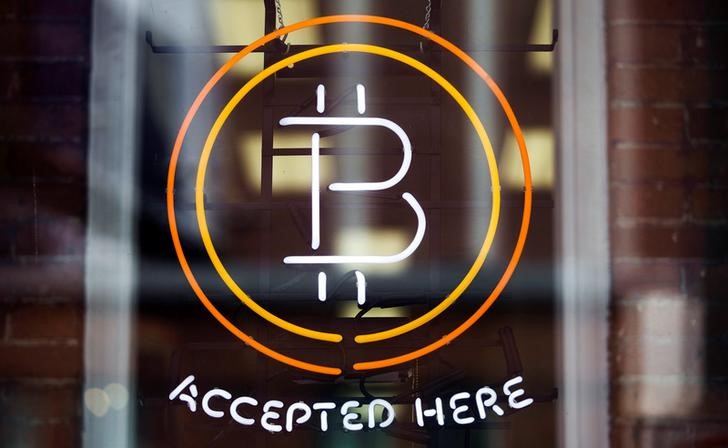Benzinga - Decentralized Physical Infrastructure Networks, or short DePIN, are en vogue: Filecoin (CRYPTO: FIL), crypto's Amazon Web Services equivalent, is up 40% on the week.
But what is DePIN and is it really crypto's next big narrative?
What Is DePIN?
DePIN has been called "the next big frontier," a "hot narrative for the bull run" and is "shaking up the crypto world."Messari, a leading crypto analytics firm, published a 53-page "State of DePIN" presentation at the start of 2024. It dubs DePIN the "first-order correct way to scale global infrastructure."
Decentralized physical infrastructure networks use cryptocurrency incentives to efficiently coordinate the building and operation of critical infrastructure like wireless networks, computing, AI, energy, sensors and services through public blockchains incentives.
According to the Messari report, there are now over 650 live DePIN projects with a market capitalization of over 20 billion and annual recurring revenue of over 15 million.
DePINs aim to drive revenue through utility rather than speculation. The top crypto venture capital firms have invested nearly $1 billion collectively in DePIN projects like Filecoin. But can DePIN really fulfill these high hopes?
Read Also: Are Retail Investors Interested In Crypto? JPMorgan Findings Differ From Google's
How DePIN Works (And The Problem With That)
DePIN networks generate onchain revenue through the provision of network resources and services to consumers, developers and agents. Onchain revenue means users buy and lock (or burn) tokens in exchange for products, services or commodities.For instance, Filecoin has made the most progress integrating real-world web2 data storage. It also launched a virtual machine in 2023 to enable compute over stored data, but usage has been slow to grow beyond typical crypto use cases so far.
The recent 40% price pump has come on news that Filecoin would host the history of the Solana (CRYPTO: SOL) blockchain.
But DePIN faces tough competition from existing providers like Cloudflare that already benefit from strong network effects through their large free user base and services.
DePIN's biggest problem: Market capitalizations dwarf the revenue figures protocols present.
Filecoin, arguably DePIN's biggest success story, earned a cumulative $23.8 million in fees, according to Tokenterminal. Compare that to the protocol's $2.9 billion market cap.
So, DePIN Is Not The New Crypto Trend?
That fundamentals do not live up to valuations is nothing new in the cryptocurrency space.Critics, like Liron Shapira, have made the case that DePIN's utility and appeal is wildly exaggerated. But that does not mean valuations cannot go a lot higher.
"Depin maxi" Slothquant points out on X that Filecoin is 63% off its all-time high market capitalization but 95% off its all-time high price. That is because a lot more tokens have been unlocked since the last DePIN run.
DePIN may also benefit from the hype in AI, with AI-related infrastructure like GPUs catching a speculative bid. Render (CRYPTO: RNDR), a project focused on GPU cloud computing is a testament to that: It is up 91% on the week, per CoinGecko data. In other words, speculators may find that DePIN is not the new AWS storage. Still, it does not have to be to rise in value, as retail investors return to the market.
Read Next: Trump Warming Up To Bitcoin? Ex-President Finds Growing Popularity Of Apex Crypto 'Interesting' But Dollar Remains Favorite
Image created with MidJourney
© 2024 Benzinga.com. Benzinga does not provide investment advice. All rights reserved.
